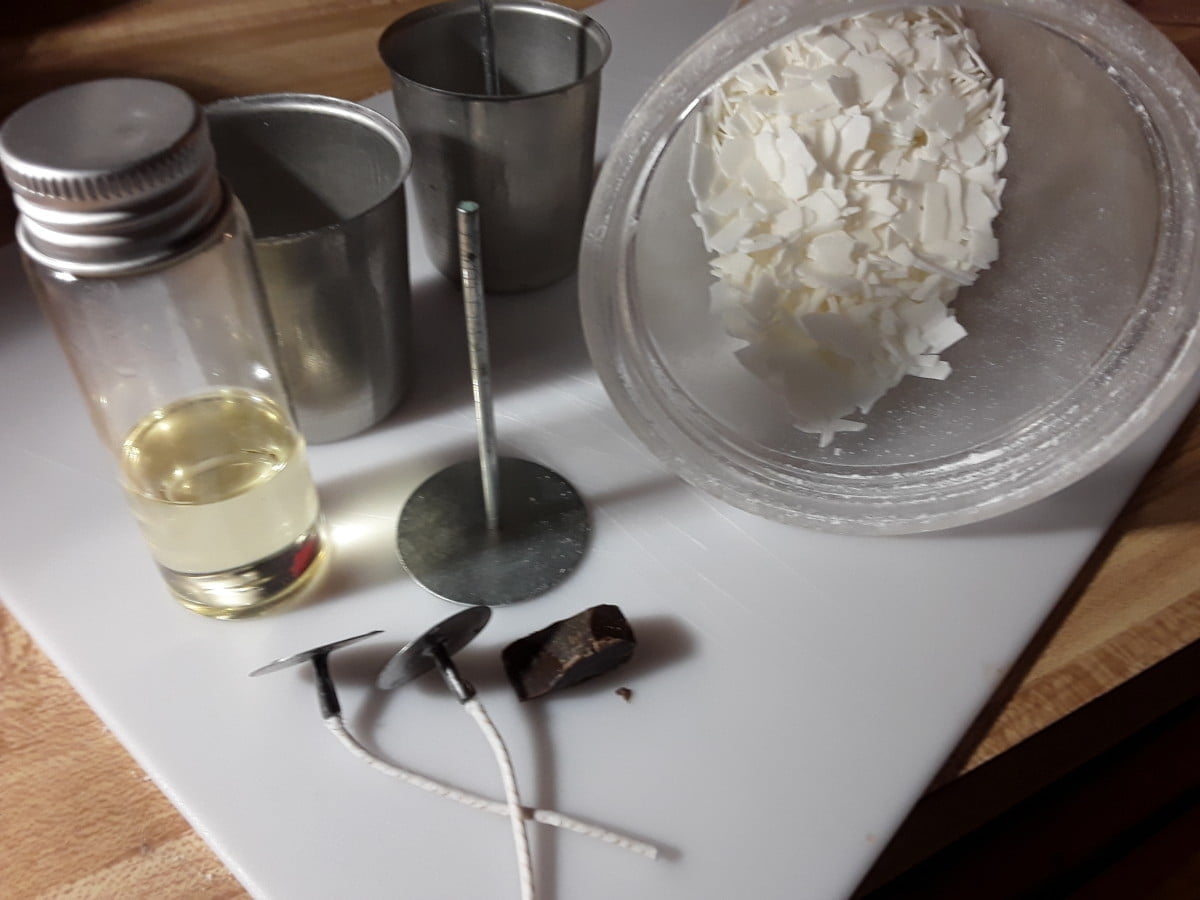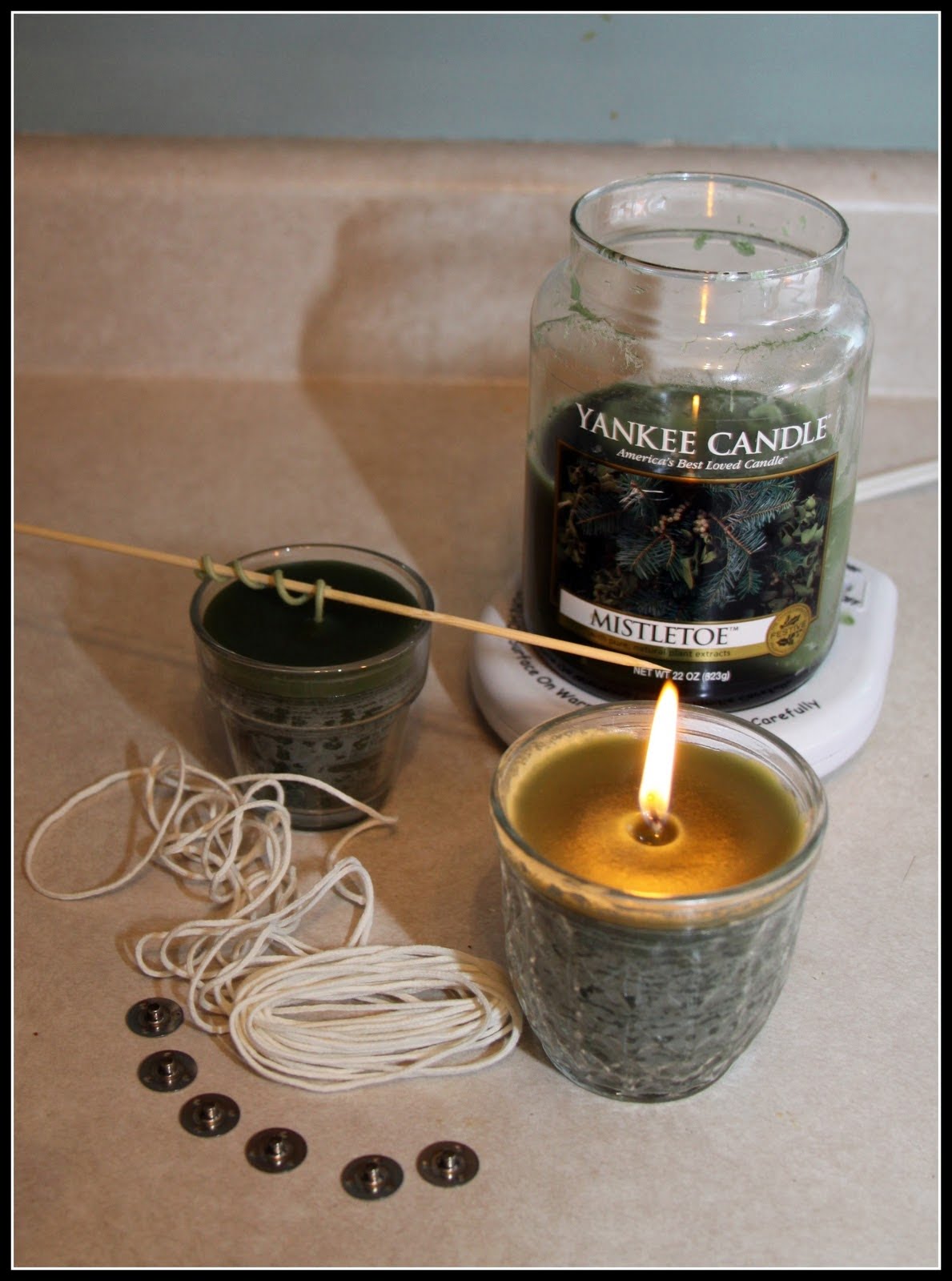Natural soy wax candle making has gained significant popularity in recent years as more people prioritize natural and sustainable products. For those looking to delve into the world of candle making, natural soy wax provides a wonderful alternative to traditional paraffin wax. In this article, we will explore the process of creating beautiful and environmentally-friendly candles using natural soy wax.
Soy wax is derived from soybean oil, making it biodegradable and renewable. One of the key benefits of using natural soy wax in candle making is its clean and slow burn, which allows for a longer-lasting candle compared to other types of wax. Additionally, natural soy wax candles do not emit harmful chemicals or toxins when burned, making them a healthier option for you and your surroundings.
Creating your own natural soy wax candles can be a fulfilling experience that allows you to customize scents, colors, and designs to suit your preferences. With the proper materials and techniques, you can craft unique candles that not only look beautiful but also provide a soothing ambiance in any space.
In the following sections, we will delve into the benefits of using natural soy wax, the materials needed for candle making, step-by-step guides, fragrance selection tips, aesthetics enhancement techniques, safety precautions, and troubleshooting common issues. Let’s embark on this journey together to learn the art of natural soy wax candle making.
Benefits of Using Natural Soy Wax in Candle Making
When it comes to candle making, the choice of wax plays a crucial role in determining the quality of the final product. Natural soy wax has become increasingly popular among crafters and enthusiasts for its numerous benefits. Here are some key advantages of using natural soy wax in candle making:
Eco-Friendly Option
One of the primary benefits of using natural soy wax is that it is a renewable and biodegradable resource. Soy wax is made from soybean oil, which is derived from soybeans. This makes it a sustainable and environmentally friendly choice compared to paraffin wax, which is derived from petroleum.
Clean Burning
Natural soy wax candles produce minimal soot when burned, resulting in a cleaner and healthier indoor environment. Unlike paraffin candles, which can release toxins into the air when burned, soy wax candles are free from harmful chemicals. This makes them ideal for individuals with respiratory issues or sensitivities to synthetic fragrances.
Longer Lasting
Soy wax candles have a lower melting point than traditional paraffin candles, which means they burn slower and last longer. This not only provides more value for money but also enhances the overall candle burning experience. Additionally, soy wax has excellent scent throw capabilities, allowing the fragrance to fill a room without overpowering it.
Incorporating natural soy wax into your candle making projects not only supports sustainability but also offers a range of benefits that enhance both the quality and experience of your handmade candles. Experimenting with this versatile material opens up endless possibilities for creating unique and eco-friendly candles that stand out in the market.
Materials Needed for Making Natural Soy Wax Candles
When it comes to making natural soy wax candles, having the right materials is essential to ensure a successful and enjoyable candle-making experience. Here is a list of the basic materials you will need to get started on creating your own beautiful and environmentally-friendly soy wax candles:
- Natural Soy Wax: The key ingredient in making soy wax candles, choose a high-quality, natural soy wax that is free from additives or chemicals for the best results.
- Fragrance Oils: Opt for fragrance oils that are specifically designed for use in candle-making to ensure a safe and long-lasting scent for your candles.
- Candle Wicks: Choose wicks that are appropriate for soy wax candles, such as cotton wicks that are lead-free and sized correctly for the diameter of your container.
- Candle Containers: Select containers made from glass, tin, or ceramic that can withstand the heat of the melted wax and are suitable for candle-making.
In addition to these basic materials, consider adding some optional items to enhance your candle-making process:
- Colorants: If you want to add color to your soy wax candles, consider using dye chips or liquid dyes specifically formulated for use in candles.
- Candle Molds: While not necessary if using containers, molds can be used to create unique shapes and designs for your soy wax candles.
- Thermometer: A thermometer is helpful in ensuring the soy wax is at the correct temperature when adding fragrance oils and pouring into containers.
By gathering these materials before starting your natural soy wax candle making project, you can streamline the process and create beautiful candles with ease. Enjoy exploring different combinations of fragrances, colors, and containers to unleash your creativity in this art form.
Step-by-Step Guide to Making Natural Soy Wax Candles
The process of making natural soy wax candles can be both fun and rewarding. To start, gather all the necessary materials, including soy wax flakes, a double boiler, wicks, fragrance oils, a thermometer, and containers for your candles. It is important to ensure that all your tools are clean and free of any dust or debris that could affect the quality of your candles.
To begin the candle-making process, measure out the desired amount of soy wax flakes based on the size of the container you will be using. Use a double boiler to melt the soy wax flakes gently over low heat until they reach a temperature of around 170-180 degrees Fahrenheit. Be sure to monitor the temperature carefully to avoid overheating the wax, which can affect the quality of your candles.
Once the soy wax is completely melted, remove it from heat and allow it to cool slightly before adding fragrance oils if desired. Stir the mixture gently to ensure that the fragrance is evenly distributed throughout the wax. Next, prepare your containers by securing wicks in place and carefully pouring the melted wax into them.
Allow the candles to cool and harden completely before trimming the wick to a suitable length. Your natural soy wax candles are now ready to light and enjoy.
| Materials Needed | Process |
|---|---|
| Soy Wax Flakes | Melt wax flakes in double boiler |
| Wicks | Secure wicks in containers before pouring wax |
| Containers | Pour melted wax into containers and allow to cool |
Choosing the Right Fragrance for Your Natural Soy Wax Candles
When it comes to making natural soy wax candles, choosing the right fragrance plays a crucial role in the overall appeal of your final product. The aroma of a candle can evoke emotions, create ambiance, and even help with relaxation. There are various options available when it comes to selecting fragrances for your natural soy wax candles, ranging from floral and fruity scents to more earthy and woodsy notes.
Types of Fragrances
There are two main types of fragrances that can be used in natural soy wax candle making: essential oils and fragrance oils. Essential oils are derived from plants and offer a more natural scent that can also provide therapeutic benefits.
On the other hand, fragrance oils are synthetic compounds that come in a wide range of scents not found in nature. Both options have their own unique characteristics, so it ultimately depends on personal preference when choosing which type to use in your candle-making process.
Blending Fragrances
One popular technique in creating custom scents for natural soy wax candles is blending different fragrances together. This allows you to experiment with different combinations to achieve a scent that is uniquely yours. When blending fragrances, it’s important to start with small quantities and gradually add more until you reach the desired aroma. Keep track of the ratios used so that you can recreate successful blends in the future.
Scent Strength
The strength of a fragrance in a candle can vary depending on the amount used during the candle-making process. Some scents may be more potent than others, so it’s essential to consider this when adding fragrance to your natural soy wax.
As a general rule of thumb, start with 1 ounce of fragrance oil per pound of wax and adjust accordingly based on personal preference. Remember that some scents may become stronger once the candle has cured, so allow for this development when determining the ideal scent strength for your candles.
Tips for Enhancing the Aesthetics of Your Natural Soy Wax Candles
When it comes to enhancing the aesthetics of your natural soy wax candles, there are various creative and fun ways to make your candles stand out. One popular technique is adding color to your candles using natural dyes or mica powder.
Natural dyes like beetroot powder, turmeric, or spirulina can add beautiful hues to your candles without the need for artificial colors. On the other hand, mica powder can provide a shimmering effect that enhances the visual appeal of your candles.
Another way to enhance the aesthetics of your natural soy wax candles is by incorporating decorative elements into the candle-making process. This could involve embedding dried flowers, herbs, or botanicals into the wax before it solidifies. Not only does this add a visually appealing touch to your candles, but it can also release subtle aromas when the candle is lit.
In addition to color and decorative elements, you can also experiment with different container options for your natural soy wax candles. Opting for unique containers such as vintage jars, tea cups, or terracotta pots can add a touch of personality and style to your creations. Remember to consider both aesthetics and functionality when choosing containers, ensuring they are safe and suitable for holding burning candles.
| Tip for Enhancing Aesthetics | Description |
|---|---|
| Add Color Using Natural Dyes | Use natural dyes like beetroot powder or mica powder to give your candles vibrant hues. |
| Include Decorative Elements | Embed dried flowers or herbs in the wax for added visual appeal and aromatic experience. |
| Experiment with Unique Containers | Choose interesting container options such as vintage jars or tea cups to enhance the look of your candles. |
Safety Precautions When Working With Natural Soy Wax
When diving into the world of natural soy wax candle making, it is crucial to prioritize safety measures to ensure an enjoyable and hazard-free crafting experience. Here are some key safety precautions to keep in mind:
- Always work in a well-ventilated area to prevent the accumulation of fumes from the melting wax.
- Keep a fire extinguisher within reach in case of emergencies, and never leave melting wax unattended on direct heat sources.
- Use proper personal protective equipment such as gloves and goggles to protect your skin and eyes from hot wax splatters.
In addition to these general safety guidelines, it is also essential to be cautious when handling equipment and additives for your natural soy wax candles. Here are some specific precautions to consider:
- Avoid using metal containers or utensils with high temperatures, as they can become extremely hot during the candlemaking process.
- If adding fragrance oils or colorants, ensure they are specifically designed for candlemaking to avoid adverse reactions or combustion risks.
- Clean up spills promptly with paper towels and avoid washing residual wax down the drain, as it can cause clogs over time.
By implementing these safety precautions throughout your natural soy wax candle making journey, you can enjoy a creative and rewarding experience while prioritizing your well-being and workspace integrity. Remember that safety should always come first when engaging in any craft or DIY project, especially one involving potentially hazardous materials like hot wax.
Troubleshooting Common Issues in Natural Soy Wax Candle Making
Creating natural soy wax candles can be a rewarding and enjoyable craft, but like any DIY project, it’s not without its challenges. Knowing how to troubleshoot common issues that arise during the candle-making process can save you time, money, and frustration.
One of the most frequent problems encountered is tunneling, where a hole forms in the center of the candle instead of burning evenly across the surface. This can be caused by factors such as an improper wick size or placement, cooling too quickly, or using poor-quality wax.
Another issue that many candle makers face is frosting, which appears as a white haze on the surface of the candle. Frosting is a natural characteristic of soy wax and is caused by temperature fluctuations during the cooling process. While some may find frosting adds to the charm of a handmade candle, others may prefer a smooth finish. To minimize frosting, try pouring your candles in a warmer environment and allowing them to cool slowly at room temperature.
Sinking tops are another common problem that can occur when making natural soy wax candles. This happens when the surface of the candle collapses inwards after it has cooled and solidified. Sinking tops can be prevented by gently stirring your melted wax before pouring to ensure an even distribution of fragrance oils and colorants.
Additionally, make sure to leave your candles undisturbed while they set to avoid any disruptions in their form. By being mindful of these troubleshooting tips, you can overcome challenges in natural soy wax candle making and create beautiful, high-quality candles for yourself and others to enjoy.
Conclusion
In conclusion, natural soy wax candle making is not just a hobby, but an art form that allows individuals to express their creativity while also benefiting from the numerous advantages of using soy wax. By utilizing natural soy wax in candle making, crafters can enjoy a cleaner and longer-lasting burn compared to traditional paraffin candles. The eco-friendly nature of soy wax also adds to its appeal, appealing to those who are conscious of their environmental impact.
Moreover, the process of creating natural soy wax candles can be a therapeutic and satisfying experience for many. As outlined in this guide, gathering the necessary materials and following a step-by-step approach can result in beautiful and fragrant candles that can enhance any space. From choosing the right fragrance to enhancing the aesthetics of the candles, there are endless possibilities to customize each creation according to personal preferences.
Safety precautions should always be observed when working with natural soy wax to prevent accidents and ensure a smooth candle-making process. By being mindful of potential issues and knowing how to troubleshoot common problems, crafters can continue honing their skills and perfecting their craft. Embracing the art of natural soy wax candle making is not only a fulfilling hobby but also a way to create unique and high-quality candles that bring warmth and ambiance into any room.
Frequently Asked Questions
How Do You Make Candles With Natural Soy Wax?
Making candles with natural soy wax involves melting the wax, adding fragrance or essential oils, and pouring the mixture into containers with wicks. The process requires precision in temperature control and mixing to achieve the desired results.
Is Natural Soy Wax Good for Candles?
Natural soy wax is considered good for candles due to its clean burning properties, longer burn time, and ability to hold fragrance well. It is also renewable, biodegradable, and non-toxic, making it an eco-friendly choice for candle-making.
What Is the Healthiest Wax for Candles?
The healthiest wax for candles is often considered to be natural soy wax or beeswax. Soy wax burns cleanly without releasing harmful toxins or soot into the air, making it safer for both indoor air quality and overall health.
Beeswax has similar benefits and a natural sweet scent when burned, but can be more expensive than soy wax. Ultimately, choosing a healthier candle wax depends on personal preferences and values regarding sustainability and health.

Welcome to my candle making blog! In this blog, I will be sharing my tips and tricks for making candles. I will also be sharing some of my favorite recipes.





